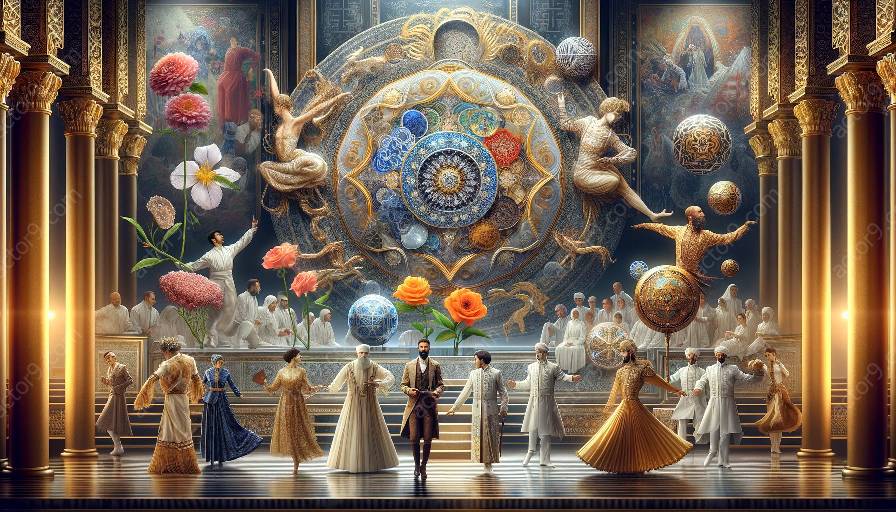As the world becomes more interconnected, the cultural diversity awareness for circus artists has garnered attention. Understanding and appreciating cultural influence in circus arts adds depth and authenticity to the performance. This article showcases the significance of cultural diversity in the realm of circus arts and delves into how it influences the evolving nature of circus arts.
The Importance of Cultural Diversity Awareness for Circus Artists
Circus arts have a rich history rooted in cultural traditions from various parts of the world. As performers seek to collaborate and showcase their talents on a global stage, being aware of cultural diversity becomes crucial. It empowers artists to bridge cultural gaps, respect traditions, and create performances that resonate with diverse audiences.
Enhancing Creativity and Innovation
Embracing cultural diversity inspires circus artists to explore new forms of expression and creativity. By incorporating diverse cultural elements, artists can infuse freshness and innovation into their acts, enriching the overall experience for audiences. This awareness fosters a melting pot of ideas and techniques, propelling the circus arts to new heights.
Cultural Influence in Circus Arts
The influence of culture in circus arts is profound, shaping the art form in unique ways. From the vibrant costumes and musical accompaniments to the performance styles and narratives, cultural influence imbues circus arts with a tapestry of traditions and stories. Understanding these influences allows artists to pay homage to the roots of circus arts and celebrate the diversity that enriches the art form.
The Evolving Nature of Circus Arts
Cultural diversity awareness plays a pivotal role in the ever-evolving nature of circus arts. As society evolves, circus artists adapt their performances to reflect the changing cultural landscape. This dynamic interaction between culture and circus arts ensures that the art form remains relevant and resonates with contemporary audiences.
Embracing Cultural Diversity for a Vibrant Circus Community
Embracing cultural diversity fosters a vibrant and inclusive circus community. It encourages collaboration across cultures, fosters mutual respect, and promotes a sense of unity. Through cultural exchange, circus artists can learn from each other, enrich their performances, and create an environment where diversity is celebrated.
Conclusion
Cultural diversity awareness is integral to the growth and sustainability of circus arts. By acknowledging and embracing cultural influences, circus artists can create performances that transcend borders and resonate with diverse audiences. This inclusive approach not only enriches the art form but also fosters a global appreciation for the beauty of cultural diversity.


































